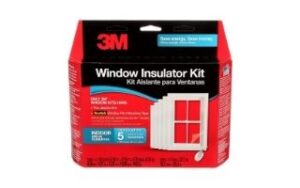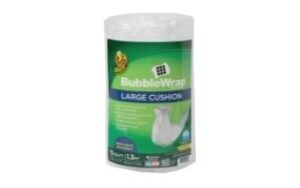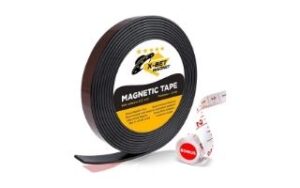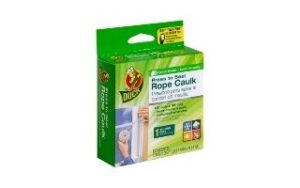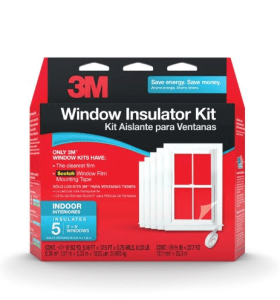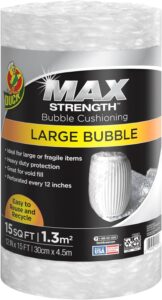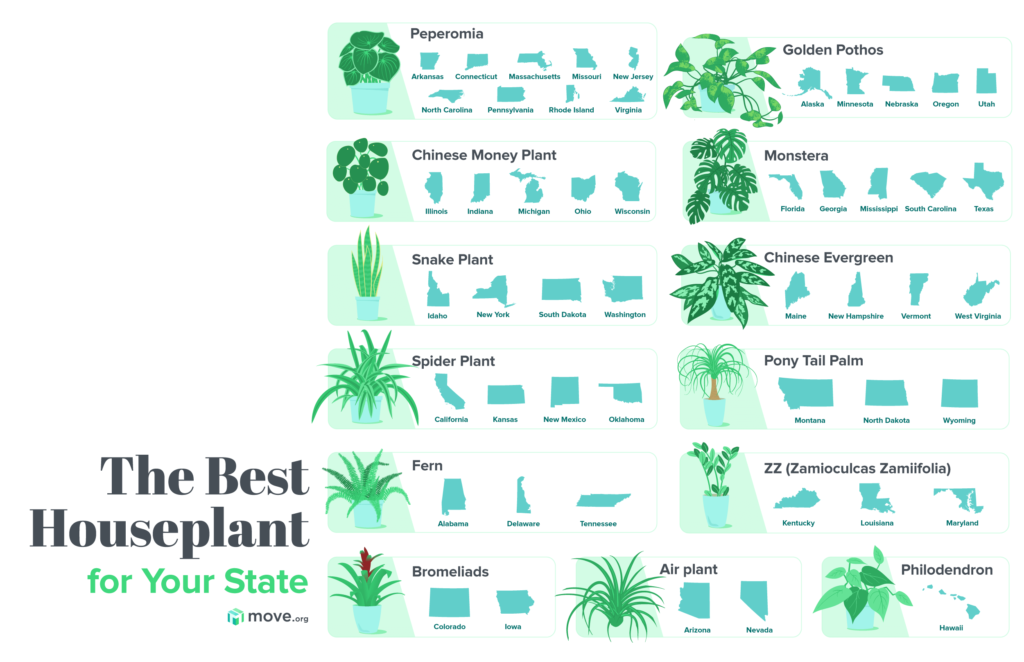Peperomia was the most optimal match for nine different states, particularly on the East Coast. It requires medium to bright light with a wide temperature range of 55–80 degrees Fahrenheit, making it ideal for those looking for something easy.
Five states would find a friend in the golden pothos, an easy-to-maintain plant that generally prefers humidity but can also tolerate temperatures as low as 55 degrees Fahrenheit.
Although the Chinese money plant requires regular watering, it can tolerate temps as low as 50 degrees Fahrenheit and grows well in indirect light—just watch out for temperature swings and dry soil.
Monstera’s a challenge to maintain in some states, but if you live in a southern coastal state, the indirect light-loving plant will be perfect for adding extra flair to your home. Just make sure it’s got water.
These popular plants match up with at least one state’s average climate:
- Snake plant
- Chinese evergreen
- Spider plant
- Ponytail palm
- Fern
- ZZ (Zamioculcas zamiifolia)
- Bromeliad
- Air plant
- Philodendron
Of the 20 popular plants in our list, the following didn’t make the most optimal match for any states:
- Aloe vera
- Yucca
- Majesty palm
- Fiddle-leaf fig
- Jade
- Dieffenbachia
- Rubber plant
These plants can still work for your home. Just make sure your local climate can support them and that you’re willing to keep up with their maintenance schedules.
Of course, just because a plant is popular and matches your state’s average climate doesn’t always mean it’s the right one for you. You should also consider your plant parenting abilities (not all of us can remember to water a plant more than once a month, okay?).
Outside or inside, your plant will be happiest when it gets the proper light. And if you live in a state where the temperature swings, make sure your plant can handle it.
If you’re looking for minimal effort (no stepladders required), put your plants where they’re easy to water—or where they can receive enough rain on their own.
Owning a plant is a labor of love no matter how little effort you’re required to put in. Even different parts of your home can cause your plant to either thrive or wither, so check in on your plant pals often as they keep you company.
